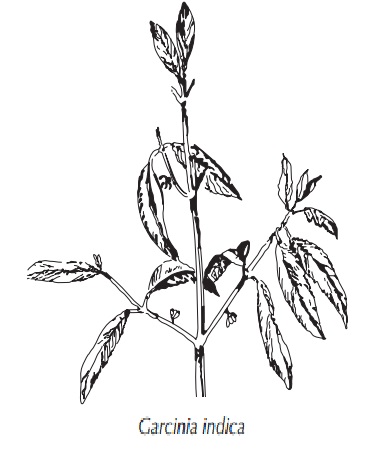Kokum
| Home | | Pharmacognosy |Chapter: Pharmacognosy and Phytochemistry : Drugs Containing Lipids
Kokum is the fat obtained by expression from the seeds of Garcinia indica or G. purpurea, belonging to family Guttiferae.
KOKUM
Synonyms
Goa butter, kokum butter, kokum oil, mangosteen oil.
Biological Source
Kokum is the fat obtained by expression from the seeds of Garcinia indica or G. purpurea, belonging to family Guttiferae.
Geographical Source
The trees are grown in Thailand, Cambodia, China, and India.
In India it is cultivated in Malabar, Konkan, Western Ghats, and Canara.
Preparation
Fruits are collected, dried, and seeds are separated. The
kernels from the seeds are churned, and it is then boiled with water. The
melted fat is separated by skimming process and washed with hot water. Then the
fat is decolourized.
Characteristics
Kokum is light grey to yellow in colour, very mild odour,
with sweet sour taste. The marketed kokum have an egg shape. Butter is solid at
room temperature, but melts readily on contact with the skin with melting point
39°C to 42°C. Refractive index varies from 1.4565 to 1.4575, Saponification
value is 185–190 and Acid value not more than 3.

Chemical Constituents
Seeds contain 30% fat. Kokum consists of glyceride of
stearic acid (55%), oleic acids (40%), palmitic acid (2.5%), hydroxyl capric
acid (10%), and linoleic acid (1.5%).
Uses
Kokum butter is used as nutritive, demulcent, astringent,
emollient, in dysentery, and mucous diarrhoea. It is also used in skin
diseases, has wound healing property, as a base in ointment, suppository,
creams, lotions, balms, and make-up foundations.
Marketed Products
It is one of the ingredients of the preparation known as
Bioslim (Sunova Pharma Pvt. Ltd.).
